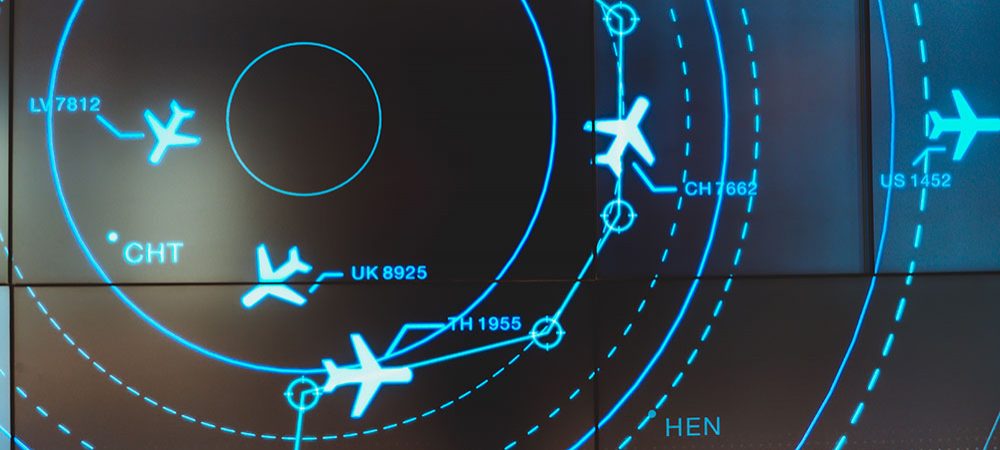Taking place simultaneously in the Maastricht, Reims, Langen and Rome area control centres, 4DTM (Four Dimensions Trajectory Management) project SESAR members; Indra, Leonardo and Thales have conducted the first formal exercise to enable control centres across Europe to share complete information about air operations in real time. The ultimate objective is delivering the end of the project the tools that will help to increase efficiency and capacity of air traffic management throughout the continent. After this successful trial, the final exercise will take place next year, clearing the way for deployment.
Europe has some of the busiest airspace in the world, covering 11.5 million km2 of airspace managed through 63 en-route centres. Today, when an aircraft crosses several borders, destination control and airports may not have access to complete and updated flight information.
Indra, Leonardo and Thales, within the framework of the 4DTM project, have developed the Interoperability (IOP) solution that will help to solve this problem, allowing all involved concerned ATC centres to know simultaneously the complete flight trajectory, thus supporting smoother coordination and transfer between Air Traffic Control centres, improving European air traffic flows.
The demonstration involved EUROCONTROL and French, German and Italian air navigation service providers (DSNA, DFS and ENAV, respectively). The solution was tested in a variety of en-route scenarios, covering different stages of the flight.
The technological solution is based on Flight Objects that allow all parties involved in the management of a flight to share, access and update information about its situation to have a consistent view of its development.
Air Traffic Controllers checked how the solution managed the Flight Objects using System-Wide Information Management (SWIM) to share updated trajectory information, and were able to coordinate the transfer of several flights across the concerned en-route ATC centres.
Results showed concept feasibility, increased situational awareness and seamless operations (for instance, change of route spanning several centres).
After further development, the consistent view of the flight will make it possible to schedule and execute flights more accurately, reducing workload and increasing efficiency.
Click below to share this article

